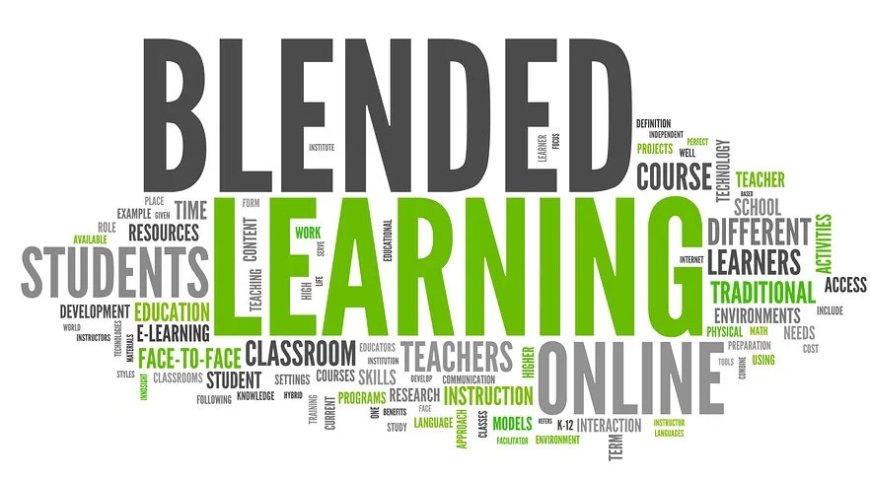What Blended Learning Really Means—and How to Design It for Scale
Blended learning is more than adding online modules to classroom training. Discover what blended learning really means today, common mistakes to avoid, and how to design scalable programs for hybrid and global teams.

Picture this: a training program where some participants sit in a classroom, others join online, and a few receive only a recorded video. At the end, engagement drops, knowledge doesn’t stick, and many wonder, “What did I actually learn?”
This is often mistaken for blended learning—but it isn’t.
When designed with intention, blended learning becomes one of the most effective, scalable ways to engage hybrid and global teams. It’s not about stacking formats on top of each other; it’s about aligning every piece of learning to real-world outcomes.
Blended Learning vs. Hybrid Learning
These terms are often confused, but they mean different things:
-
Blended learning focuses on how learning is delivered: combining live sessions, self-paced modules, reinforcement tools, and job aids.
-
Hybrid learning focuses on where learning takes place: some participants onsite, others remote, all needing an equal experience.
They complement each other, but they are not interchangeable.
Common Mistakes That Undermine Blended Learning
-
Adding a webinar to an eLearning module and calling it blended.
-
Overloading learners with disconnected tools.
-
Designing hybrid sessions where remote participants feel like spectators.
-
Forgetting reinforcement—knowledge fades once formal sessions end.
-
Ignoring accessibility and cultural relevance for global teams.
What Modern Blended Learning Looks Like
-
Interactive live sessions: Polls, breakout rooms, and real-world practice that engage everyone equally.
-
Self-paced learning: Videos, eLearning, or guides learners can access anytime, anywhere.
-
Reinforcement tools: Microlearning, job aids, and performance support to make knowledge stick.
-
Anytime, anywhere access: Programs designed for different devices, locations, and time zones.
-
Outcome alignment: Every component—live or self-paced—directly supports performance goals.
Designing for Scale
Scalable blended learning must balance flexibility with consistency. Key elements include:
-
A flexible structure adaptable across regions while maintaining quality.
-
Built-in accessibility and inclusion for diverse learners.
-
Support before, during, and after formal training.
-
A focus on application, not just knowledge transfer.
-
Ongoing measurement to refine and improve impact.
EdTech Türkiye’s Perspective
Blended learning is no longer about adding online modules to classroom training. Done right, it’s a strategic approach to connect hybrid teams, make learning stick, and drive measurable results across organizations.
At EdTech Türkiye, we believe blended learning is not just an educational trend but a strategic advantage for organizations seeking sustainable growth and global readiness.